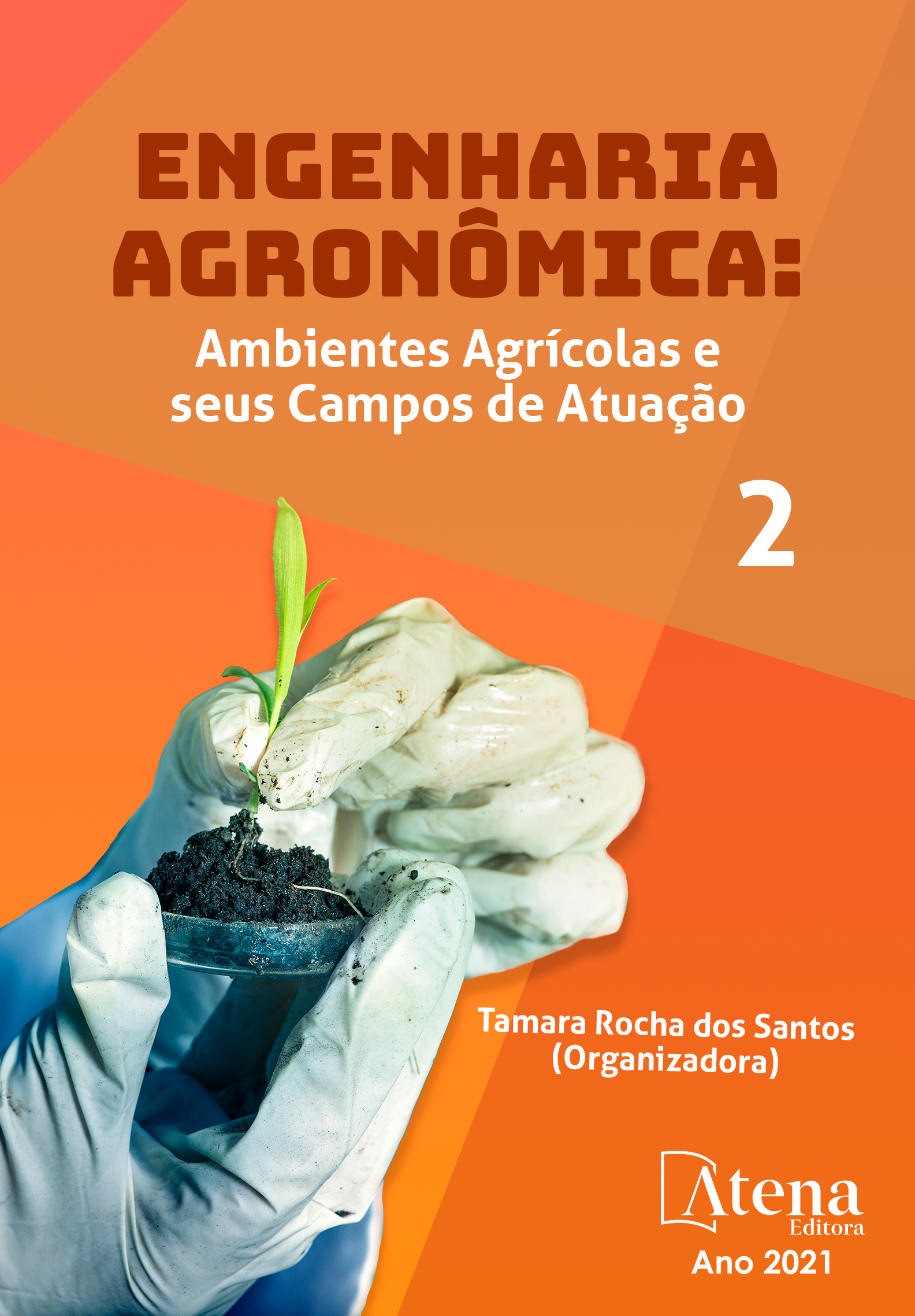
EXPRESSÃO DO NITROGÊNIO ACUMULADO E BIOMASSA EM SOJA INOCULADA E COINOCULADA NO SULCO EM ÁREAS DE REFORMA DE CANAVIAL.
Objetivou avaliar a biomassa seca radicular, da parte aérea e nitrogênio acumulado na parte aérea de diferentes cultivares de soja em resposta a três tratamentos testados: inoculação, coinoculação ambos no sulco de semeadura e controle sem adição de insumos biológicos. Dois experimentos foram instalados, sendo um na Estação Experimental de Citricultura (EECB), em Bebedouro-SP, e o outro em uma propriedade particular em Tanabi-SP, ambos em semeadura direta na palhada de cana-de-açúcar. O esquema adotado dos experimentos foi o de parcelões demonstrativos. Realizou-se uma análise de variância individual para cada experimento, sendo as fontes de variação para as análises estatísticas compostas por fatorial simples com sete cultivares de soja e os três tratamentos já supracitados e três repetições. Para semeadura das cultivares, utilizou-se de uma semeadora-adubadora de 9 linhas e espaçamento entre linhas de 0,5 m por cultivar. A cada 50 metros do tiro da semeadora-adubadora foram distribuídos os tratamentos na seguinte ordem: inoculação, controle e coinoculação no sulco por meio de pulverizador acoplado ao equipamento. No início do florescimento, foram realizadas coletas de plantas a campo por parcela experimental para avaliação dos parâmetros. Verificou-se que as cultivares se posicionaram quanto a expressão dos parâmetros de modo diferenciado nos diferentes locais de avaliação. Exceto a cultivar SYN 15640 IPRO que em ambos os locais esteve no ranking das cultivares de melhor resposta quanto a prática da coinoculação no sulco incrementando a biomassa seca radicular. Conclui-se que estudos que envolvam a identificação de genótipos com maior capacidade de fixação biológica de nitrogênio avaliados pelos parâmetros utilizados no presente estudo, são de suma importância para melhor compreensão do processo e na escolha de cultivares com maior capacidade simbiótica para uso em áreas de reforma de canavial.
EXPRESSÃO DO NITROGÊNIO ACUMULADO E BIOMASSA EM SOJA INOCULADA E COINOCULADA NO SULCO EM ÁREAS DE REFORMA DE CANAVIAL.
-
DOI: 10.22533/at.ed.4592104059
-
Palavras-chave: Glycine max L., Azospirillum, Bradyrhizobium, renovação de canavial, fixação biológica de nitrogênio.
-
Keywords: Glycine max L., Azospirillum, Bradyrhizobium, no-till in sugar cane, biological nitrogen fixation
-
Abstract:
The objective was to evaluate the dry root and leaf biomass, and nitrogen accumulated in the leaf of different soybean cultivars in response to three tested treatments: inoculation, co-inoculation both in the sowing furrow and control without the addition of bacteria. Two experiments were installed, one in the Estação Experimental de Citricultura de Bebedouro (EECB), in Bebedouro-SP, and the other in a private farm in Tanabi-SP, both in direct seeding in sugarcane straw. The scheme adopted for the experiments was that of “Strip tests”. An individual analysis of variance was performed for each experiment, with the sources of variation for the statistical analysis composed of simple factorial with seven soybean cultivars and the three treatments already mentioned and with three replications. For sowing the cultivars, a 9-row seeder-fertilizer was used and 0.5 m between rows per cultivar. Every 50 meters of the shot from the seeder-fertilizer machine, treatments were distributed in the following order: inoculation, control and co-inoculation in the furrow by means of a sprayer attached to the equipment. At the beginning of flowering, collections of plants in the field were carried out per experimental plot to evaluate the parameters. It was found that the cultivars were positioned regarding the expression of the parameters in a different way in the different evaluation sites. Except for the SYN 15640 IPRO cultivar, which in both places was in the ranking of the best response cultivars regarding the practice of coinoculation in the furrow, increasing root dry biomass. It is concluded that studies that involve the identification of genotypes with greater capacity for biological nitrogen fixation evaluated by the parameters used in the present study, are of paramount importance for better understanding of the process and in the choice of cultivars with greater symbiotic capacity for use in areas of sugarcane reform.
-
Número de páginas: 21
- Elaine Cristine Piffer Gonçalves
- Fernando Bergantini Miguel
- José Antonio Alberto Da Silva
- Anita Schmidek
- Marcelo Henrique De Faria
- Marcelo Ticelli
- Ivana Marino Bárbaro-Torneli


